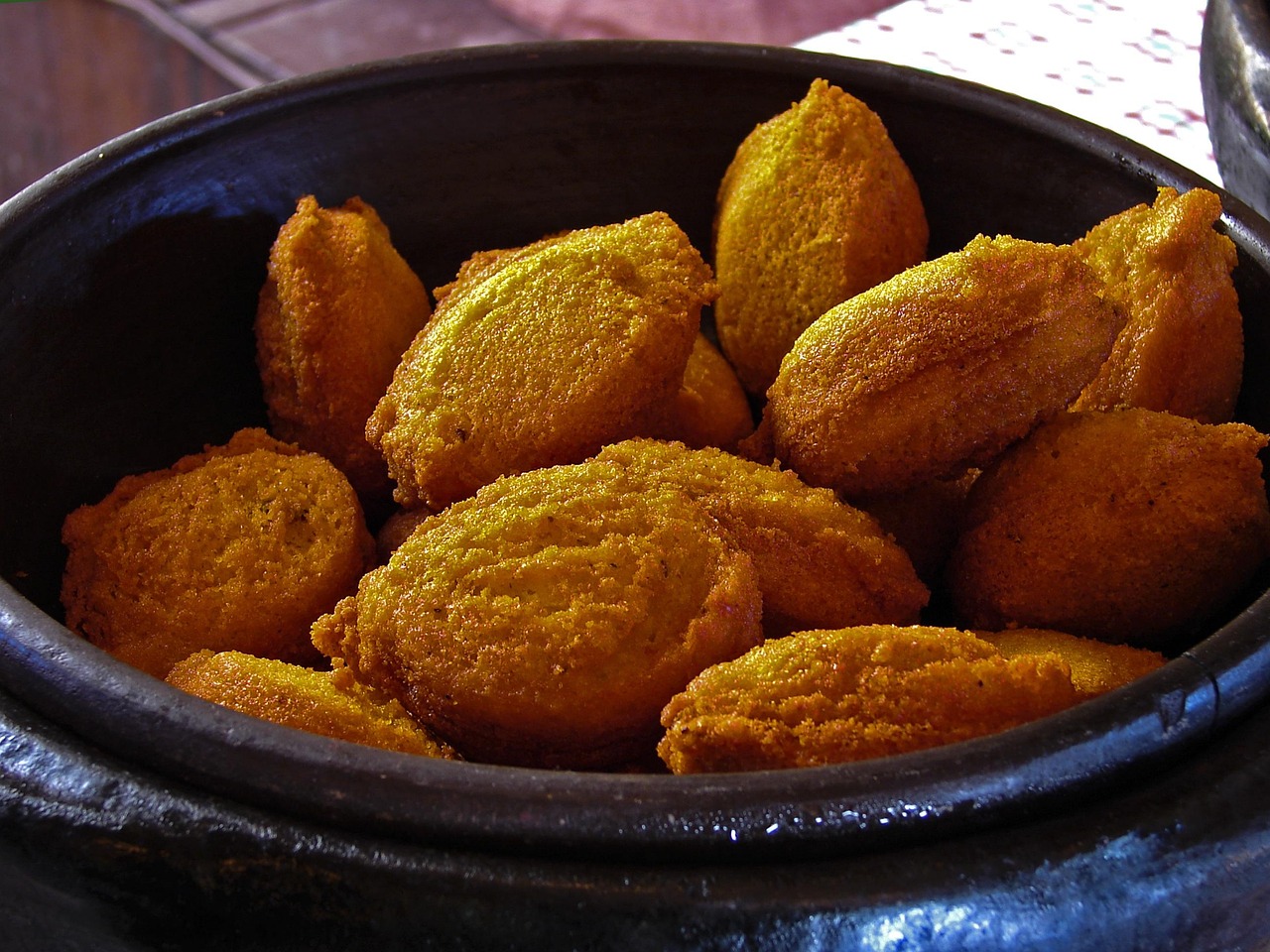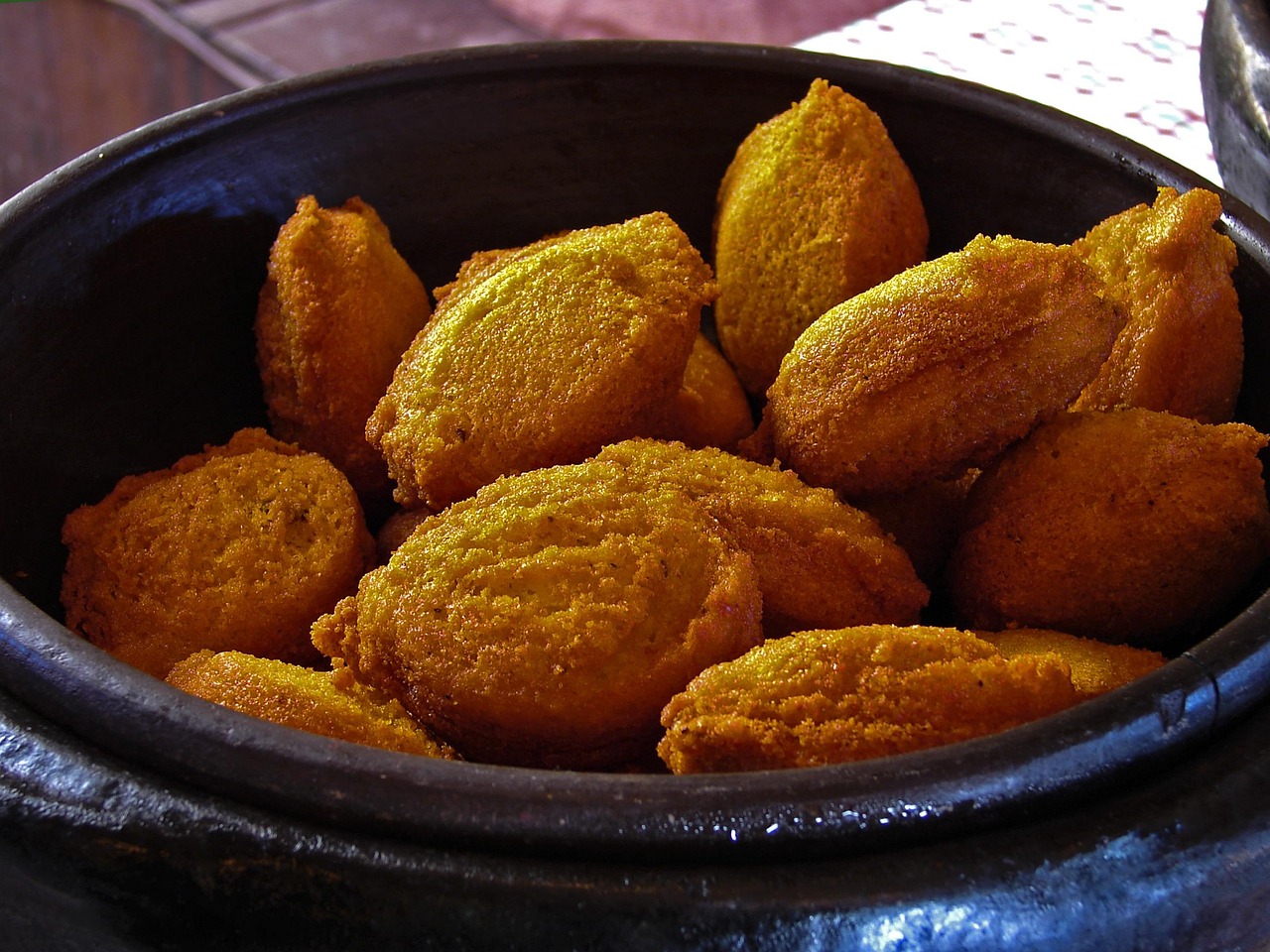Introduction
Food is not just a necessity for survival; it is a cultural artifact that reflects the history, traditions, and values of a society. The way people prepare, consume, and share food is a direct expression of their cultural identity. In this essay, we will explore the profound impact of cuisine on culture, using examples from around the world to illustrate how food shapes and is shaped by the societies that create it.
The Role of Cuisine in Cultural Identity
Cuisine is a fundamental aspect of cultural identity. It is a living tradition that evolves with the society, reflecting changes in social structure, economic conditions, and technological advancements. For instance, the Mediterranean diet, rich in olive oil, fruits, vegetables, and fish, is not only a dietary choice but also a symbol of the health-conscious and communal lifestyle of the Mediterranean people. Similarly, the Japanese cuisine, with its emphasis on seasonal ingredients and minimal processing, mirrors the country's respect for nature and attention to detail.
Cuisine as a Bridge Between Cultures
Food has the power to bring people together, fostering understanding and appreciation for different cultures. The global popularity of sushi, for example, has introduced many to the intricacies of Japanese culture and the art of sushi-making. On the other hand, the spread of Mexican cuisine, with its vibrant flavors and colorful presentation, has helped to dispel stereotypes and promote a deeper understanding of Mexican heritage.

The Influence of Migration on Food Cultures
Migration has played a significant role in the evolution of food cultures. As people move from one place to another, they bring their culinary traditions with them, which then merge with the local cuisine. This fusion results in new dishes that reflect the cultural diversity of the host country. For example, the chow mein found in Chinese-American restaurants is a fusion of Chinese stir-fry techniques with American ingredients and flavors, creating a unique culinary experience.
The Preservation of Cultural Heritage Through Food
Food is also a means of preserving cultural heritage. Traditional dishes passed down through generations serve as a link to the past, helping to maintain a connection with ancestral roots. For instance, the Italian tradition of making homemade pasta is not just about the food itself but also about the family gatherings and the stories shared around the table. These culinary practices are a testament to the enduring nature of cultural identity.
The Impact of Globalization on Food Cultures
Globalization has both positive and negative effects on food cultures. On one hand, it has made a wide variety of foods accessible to people worldwide, enriching culinary experiences. On the other hand, it has also led to the homogenization of food, where local flavors are overshadowed by global fast-food chains. However, there is a growing trend of food tourism and a renewed interest in local, artisanal foods, which suggests a resistance to this homogenization and a desire to preserve and celebrate diverse food cultures.
Case Studies: The Impact of Cuisine on Cultural Identity
To better understand the impact of cuisine on cultural identity, let's look at a few case studies:
-
Indian Cuisine: The diverse flavors of Indian cuisine reflect the country's rich history of invasions and trade. Each region has its own unique dishes, influenced by the local climate, available ingredients, and cultural practices. For example, the spicy curries of the south are a result of the hot climate, while the milder, creamy dishes of the north are influenced by the cooler weather and the availability of dairy products.
-
French Cuisine: The French have a deep respect for food and its preparation, which is evident in their culinary traditions. The emphasis on fresh, high-quality ingredients and the art of slow cooking are part of the French cultural identity. The French meal, with its multiple courses and leisurely pace, is a social event that celebrates the joy of eating and the importance of community.
-
Mexican Cuisine: Mexican food is a blend of indigenous Mesoamerican cooking with European influences, particularly Spanish. The use of corn, beans, and chili peppers is a nod to the ancient Aztec and Mayan civilizations, while the introduction of wheat, dairy, and livestock from Europe has added new dimensions to Mexican cuisine. The result is a vibrant and diverse food culture that is a source of national pride.
Conclusion
In conclusion, cuisine is a powerful force in shaping and expressing cultural identity. It is a living testament to a society's history, values, and traditions. As we continue to explore the world's diverse food cultures, we gain a deeper understanding of the people who create and enjoy these culinary masterpieces. By appreciating the art of cooking and the stories behind the dishes, we can foster cultural exchange and promote a more inclusive and understanding world.











